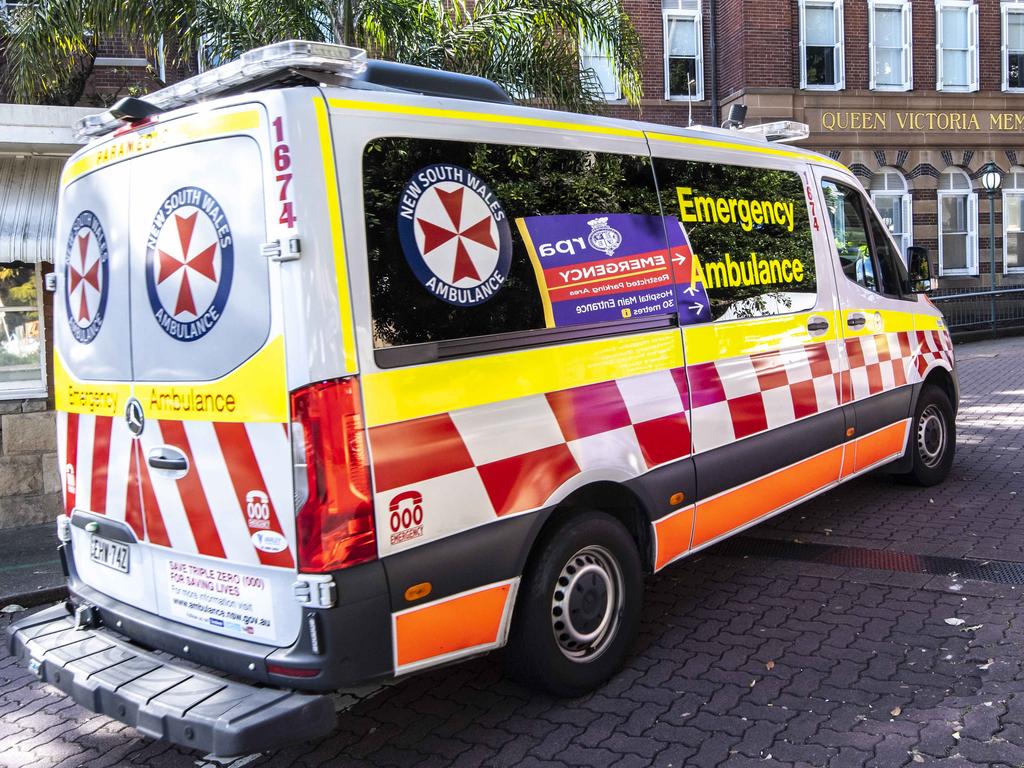NSW Health to bring AI tools into hospitals with new technology body
A computer can read your heart rate from a video, rank your risk of sepsis and judge the health of a wound all using AI. Now NSW Health is looking to advance programs statewide.
A new NSW health task force will bring artificial intelligence programs into some of the nation’s biggest hospitals, in a technological first for Australia’s health sector.
While many health bodies have begun to roll out their own programs, the Minns government has taken the step to form an AI in public health task force, which will co-ordinate different efforts and provide government recommendations.
NSW Health Minister Ryan Park was hopeful that machine learning programs could address areas of strain in the sector, but emphasised the need for careful implementation.
“NSW Health is demonstrating its innovative approach by establishing a taskforce to drive this change safely and effectively for patients and clinicians,” he said.

“Establishing a framework for NSW Health around AI is an important step towards meeting the future needs of our patients, community and workforce.
“The framework will enable us to look for more innovative ways to complement and support the capabilities of our highly skilled workforce, while addressing the risks and challenges that come with the use of AI in health.”
The taskforce is co-chaired by associate professor Jean-Frederic Levesque, who is the chief executive for the NSW Health Ministry’s Agency for Clinical Innovation, alongside eHealth NSW chief executive Zoran Bolevich.
It’s made up of stakeholders from within NSW Health, and held its first meeting on Thursday.

Within NSW Health, machine learning programs are used for wound care support services, digital medical records, data analysis, stocktake and more.
Other hospitals have begun to rollout similar initiatives that would come under the task force’s AI regulation framework.
The Westmead Hospital ED has already begun using AI in its triage for sepsis patients.
Their Sepsis Risk Tool Dashboard factors in a patient’s age, gender and vitals to estimate a percentage risk of sepsis, prioritising patients’ treatment accordingly.
Similarly, the Royal Prince Alfred has developed a program that judges the healing process for wounds by analysing photos of an injury over time.
The Nepean Blue Mountains local health district has developed a telehealth program that can calculate a patient’s heart-rate based on facial analysis, with the program currently being trialled to monitor vitals.
AI programs are helpful because of their ability to ingest very large amounts of data, and come to various conclusions from it, which can be seen in a Western Sydney local health district program that judges the rate of long covid using automated questionnaires sent to previous covid patients.
New research has also begun to look at applications in radiology, where machines have shown they can far more accurately diagnose conditions based on a scan, or modernising the treatment of conditions like motor neurone disease.
In a Sydney local health district symposium last year Monique Azzopardi, a special counsel for Clayton Utz, warned against removing human specialists and classic medical procedures from certain areas entirely.
“We need to look at risk on a spectrum. Generative AI does not replace the role of a suitably qualified medical provider,” she said.
“It will be really important we don’t lose human knowledge or expertise in the input and output, through assessment and evaluation.”








To join the conversation, please log in. Don't have an account? Register
Join the conversation, you are commenting as Logout